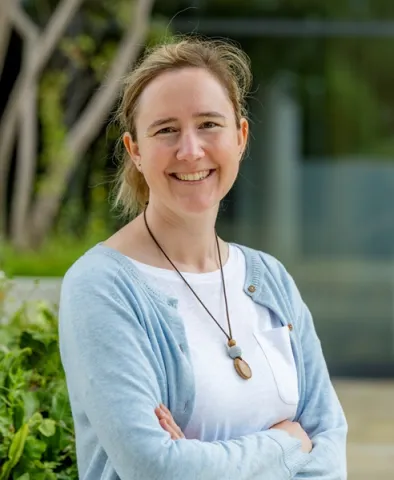About the project
This project will build on work conducted in the Aerodynamics and Flight Mechanics (AFM) Group to develop the application of computational fluid dynamics (CFD) methods to short-distance dispersion problems. This has demonstrated how to set up city-scale dispersion simulations and that results can be generated in real-time based on UK LIDAR Composite Digital Surface Model (DSM) data and the open-source PALM-4U code.
Although CFD methods can produce more accurate dispersion predictions than operational models, the challenge is to define the input parameters required from a small number of time-varying real-world data points.
Prof Xie has developed an inflow method for use with Large Eddy Simulation (LES) CFD models which capture how the flow varies in time and in space under fixed conditions. The problem of understanding and quantifying the uncertainties (and likely errors) arising from using simple meteorological inputs to drive operational models may be addressed by producing high fidelity (in time and space) CFD simulations at a range of different conditions and evaluating the differences in predicted wind fields and material concentrations.
This work will overcome this by drawing on the expertise and resources at Southampton and Dstl in combination with the highly efficient PALM-4U code and Dakota tool (open-source, Sandia National Laboratory) laboratory for conducting non-intrusive statistical analyses, together with access to one of the largest academic super-computing facilities in the UK. The use of established open-source codes will ensure that the developments are future-proof and ready for further exploitation.
The approach will first validate the PALM-4U code against wind tunnel data acquired in the EnFlo wind tunnel at Surrey University simulating releases made in the DAPPLE tracer experiments in central London (2003-2008). It will then be linked to the Dakota framework so that the coupled tool may be used for analysing the errors in crucial quantities resulting from the uncertainties in wind direction, shape of the boundary layer profile (including the boundary layer thickness), and fidelity of building geometries.
You'll join a large and flourishing aerodynamics group engaged in a wide range of experimental and numerical studies of turbulent flows. The project will benefit from close collaboration with other researchers and with colleagues in the collaborative project. You will be able to access the local and national supercomputers, and work closely with Dstl colleagues through placements and regular meetings.

